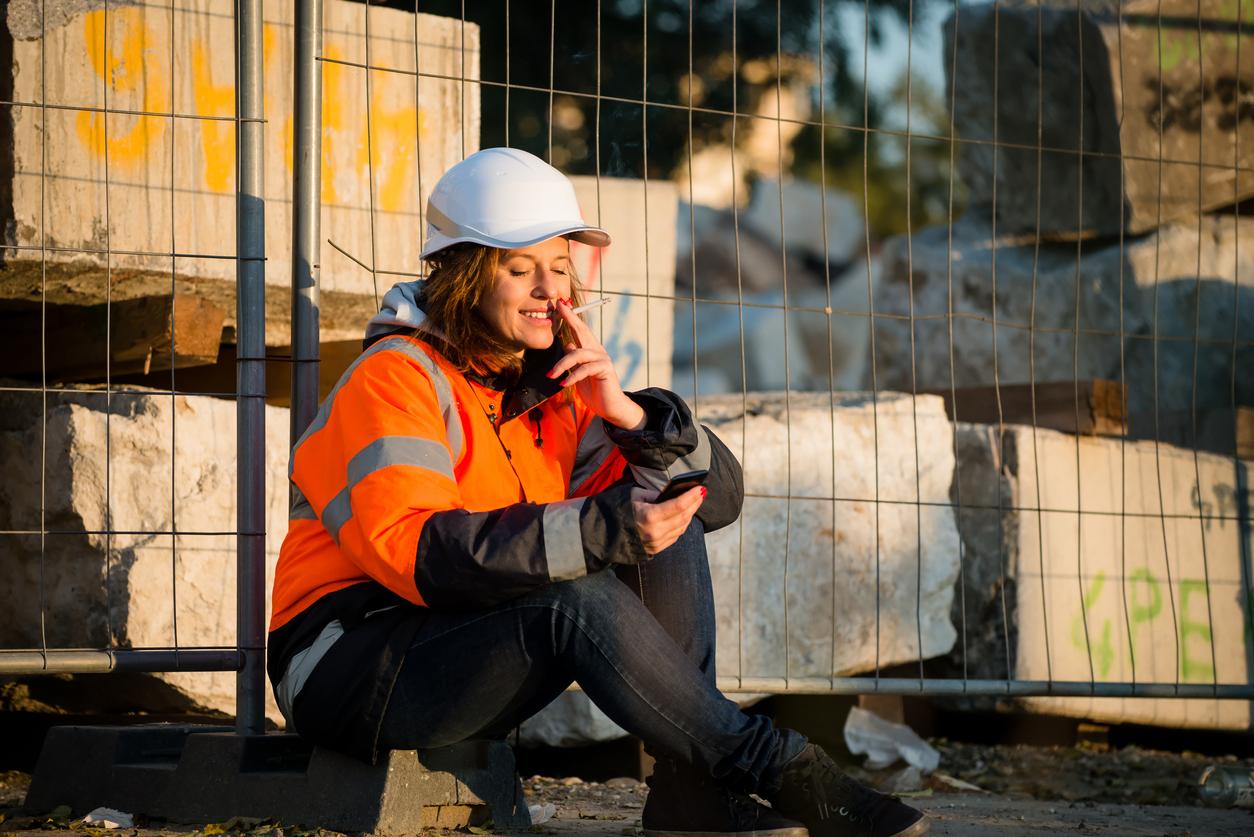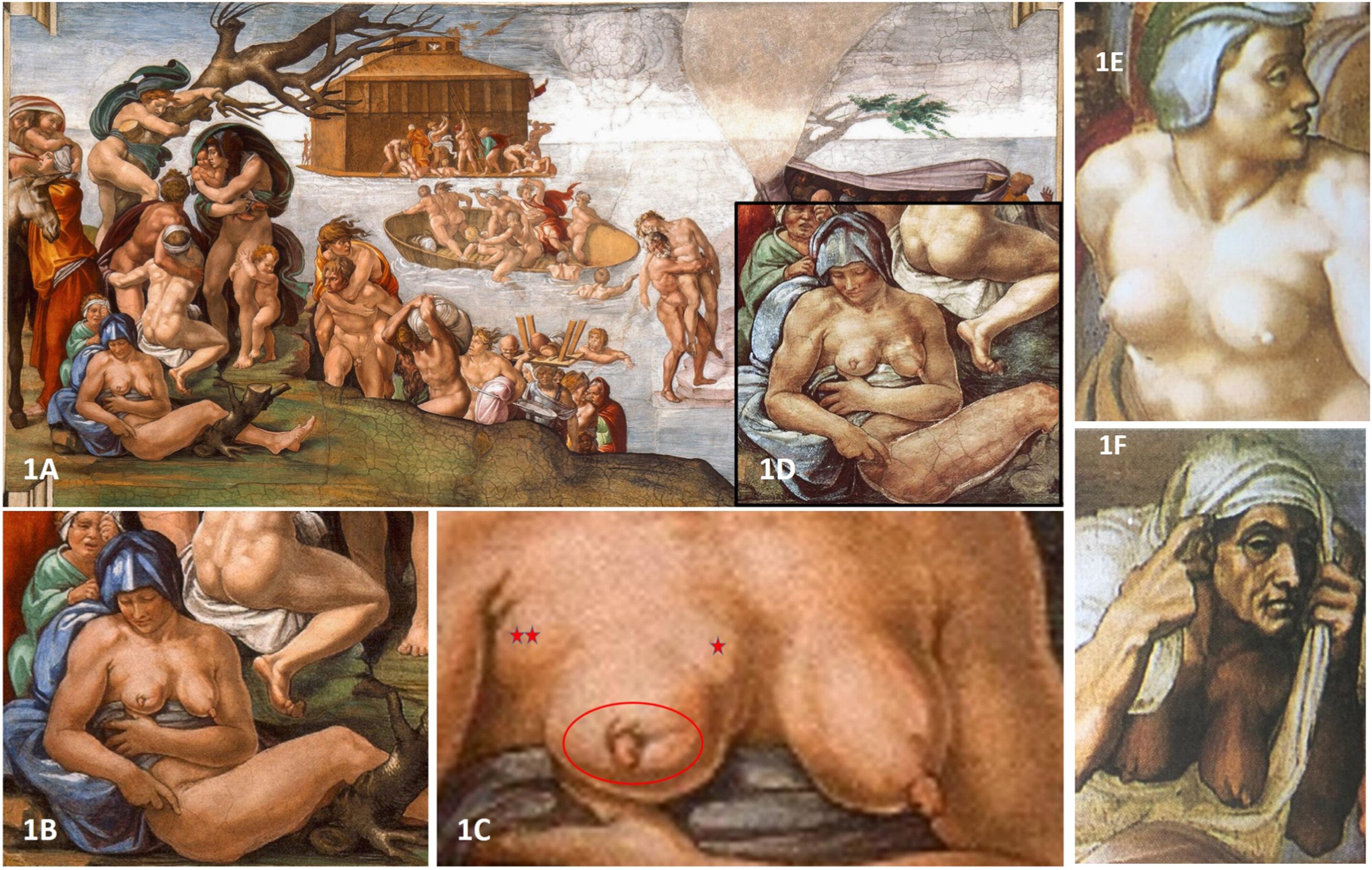For the paintings, “You should know that those called oil or glycerophthalic contain between 40 and 55% of volatile solvents. During application, half of the pot evaporates into the air in the room. And the issuance of solvents can last for several months. For comparison, so-called water-based paints, for example acrylics, contain 5 to 10% volatile solvents, a big difference! Other paints, for example alkyd emulsion or glyceros in water, represent a less emissive solution of compounds in the air for painting wooden surfaces ”, specifies Dr. Suzanne Déoux.
What about so-called “natural” or “ecological” paints?
Beware of these terms “sellers” … “So-called natural or ecological paints are nonetheless a mixture of chemicals like their synthetic counterparts. Their components can emit VOCs into the air and are likely to trigger allergic reactions, promote the appearance of irritating by-products, such as formaldehyde, when the film cures. And then these paints also contain preservatives to control microbial proliferation, ”says Dr. Déoux.
Brilliant or Matte, that changes something …
Among decorative paints, “vinyl and acrylic matt contain about half as many volatile organic compounds, due to their higher mineral content,” explains Dr. Déoux. Glossy paints contain more. But you must also take into account in your choice the aspects of specific paints intended for damp rooms such as the bathroom.
Does odorless mean without polluting release?
Make no mistake about it! The absence of odor is used as a sales argument on paint cans. However, odorless does not mean “without the release of polluting substances”, but simply that the emanations have no odor.
“These paints still contain co-solvents, glycol ethers, the most toxic for reproduction have been banned. Warning ! Very often, the absence of odor and the rapid drying cause the inhabitants to have a tendency to ventilate less, to return immediately to the renovated rooms, whereas it would always be necessary to wait, ”warns Dr. Déoux. So, finally, as we are less suspicious or vigilant because of the absence of odor, we can breathe a lot of polluting substances. Worse, the application of these odorless paints is commonly carried out in closed places, even in the presence of the occupants!
Empty the room where you work as much as possible!
When doing renovation work or handling other DIY products that can release VOCs, work in a ventilated room and, as much as possible, empty easily removable items: curtains, rugs, sofas, textiles … Indeed , we don’t think much about it, but the pollutants emitted into the air will be absorbed by these elements. And that should be avoided! Because the decorative elements thus impregnated with VOCs will then emit them for several months (adsorption / desorption phenomenon) … Consequently, avoid working near these pollutant “receptacles”. Store everything you can in another closed room. Or if not, for lack of space, put everything under a very protective tarpaulin.

















